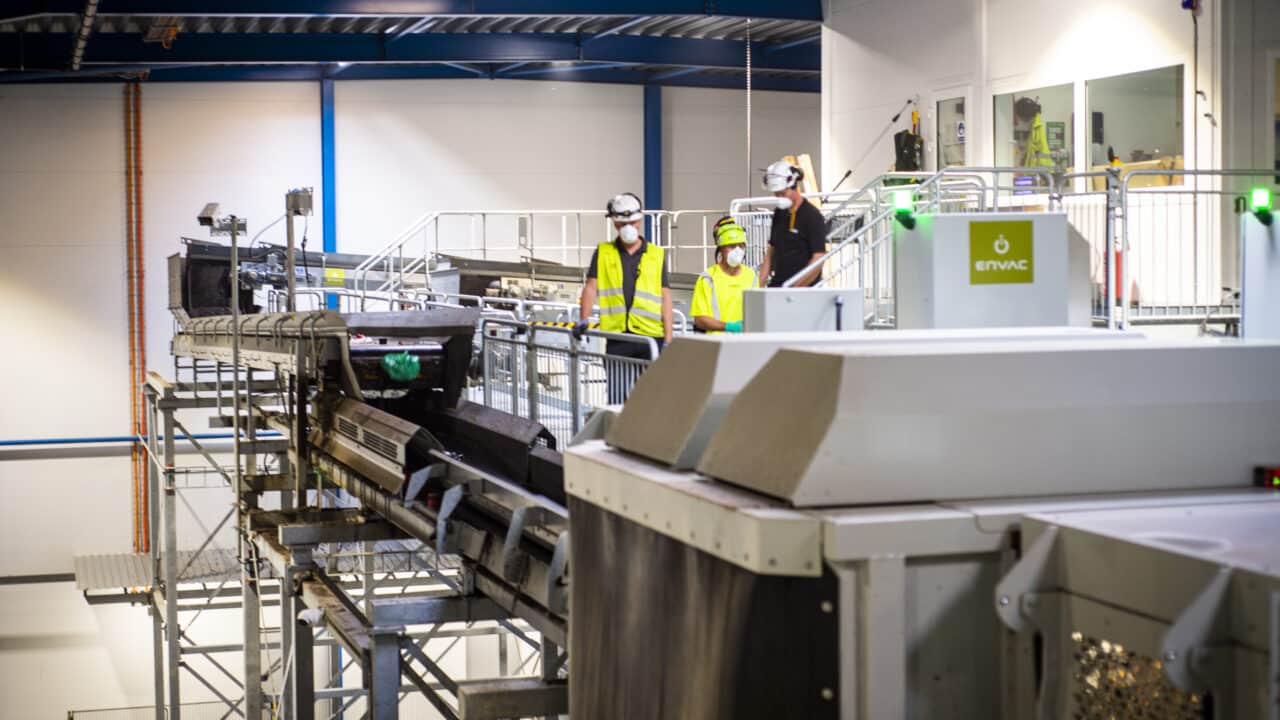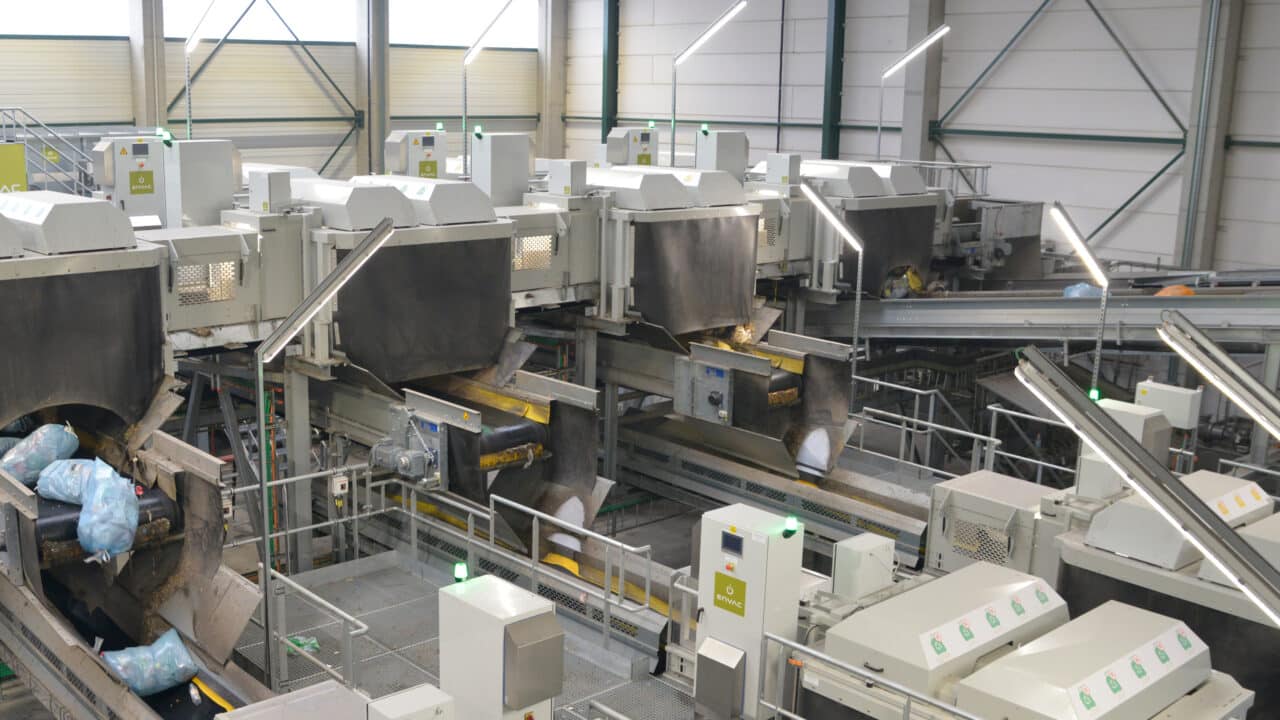18,000
tons/year
The municipality of Eskilstuna was among the first in Sweden to offer its residents property-based collection, and when the demands of the national goals increased, the municipality transitioned to an optical sorting solution from Envac as early as 2010. Environmental goals of 50% waste sorting were achieved within just a few months.
Eskilstuna municipality’s long-term waste strategy aims for a zero waste vision, with goals, policies, and measures toward a resource-efficient and non-toxic circular society through an adopted municipal waste management ordinance. The long-term waste strategy aligns with the national waste plan, national strategy for the circular economy, and the EU’s green requirements.
The choice was made for optical sorting so that residents would have a simple and user-friendly system for both food waste and packaging. It’s a flexible system that reduces environmental impact and energy consumption. Colour sorting makes it easy for residents to do the right thing by placing the different fractions in bags of different colours but then throwing all the bags into the same container.
The facility, which sorts out six fractions, is owned and operated by ESEM (Eskilstuna Strängnäs Energy and Environment Ltd). Today, Eskilstuna has several municipalities connected to the system, and they are among the leading municipalities in Sweden in terms of recycling.
tons/year
fractions
users

In 2023, Eskilstuna municipality, as one of the few municipalities, was able to lower its waste collection and disposal fees for residents with maintained low fees throughout 2024. The optical sorting facility contributes to this by being a flexible system that makes it easy to expand the number of fractions.
In its decision for waste collection fees for 2024, the municipality writes:
“The new packaging ordinance comes into effect on January 1, 2024, and from 2027, mandatory property-based collection (FNI) will be introduced. The municipality was among the first in Sweden to offer its residents FNI for packaging and made early investments in an optical waste facility. Therefore, no need for fee increases is seen this year.”

In 2017, Eskilstuna and Strängnäs introduced a seventh colour/fraction and became among the first municipalities in the country to test sorting textiles with the property-based collection. No expansion was required; instead, the change was easily made in the camera system that controls waste sorting.
In 2016, the facility was expanded with an additional receiving fraction to be able to accept waste from Örebro.
In 2013, ESEM, together with Envac Sorting, developed techniques for the post-treatment of the plastic fraction to further refine the material.”
With colour sorting, we can easily achieve our set environmental goals.
Kent Briby Managing director Recycling Eskilstuna Strängnäs Energi och Miljö AB

Sorting Ljungby, Sweden
In Ljungby and Alvesta, more than 27,000 households now sort their waste into colour-coded bags, which are processed at a modern optical sorting facility. Food waste is converted into biogas and biofertiliser, while the other fractions are recycled for a more sustainable society. The aim is also to increase recycling and make it easy for residents to sort correctly at source.

In Aalborg, around 224,000 residents sort their waste into coloured bags, which are processed at Denmark’s first optical sorting facility. The solution makes things easier for households and more cost-effective for the municipality, while also reducing environmental impact. Aalborg is the first municipality in Denmark to implement this solution, and the hope is that the project will become a model for other Danish municipalities.

Sorting Biostoom Beringen, Belgium
The Limburg Optimo Sorting Facility, launched in 2022, serves 32 municipalities and over 300,000 households. It currently sorts five waste fractions: food waste, garden waste, textile waste, residual waste, and plastic/metal packaging. The facility is built to be flexible, with the option to add two more fractions in the future.